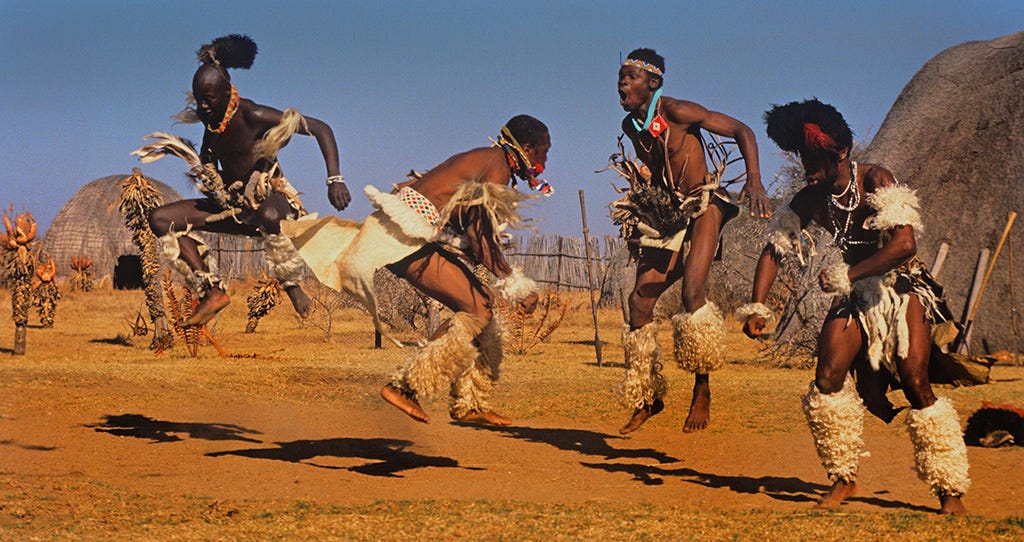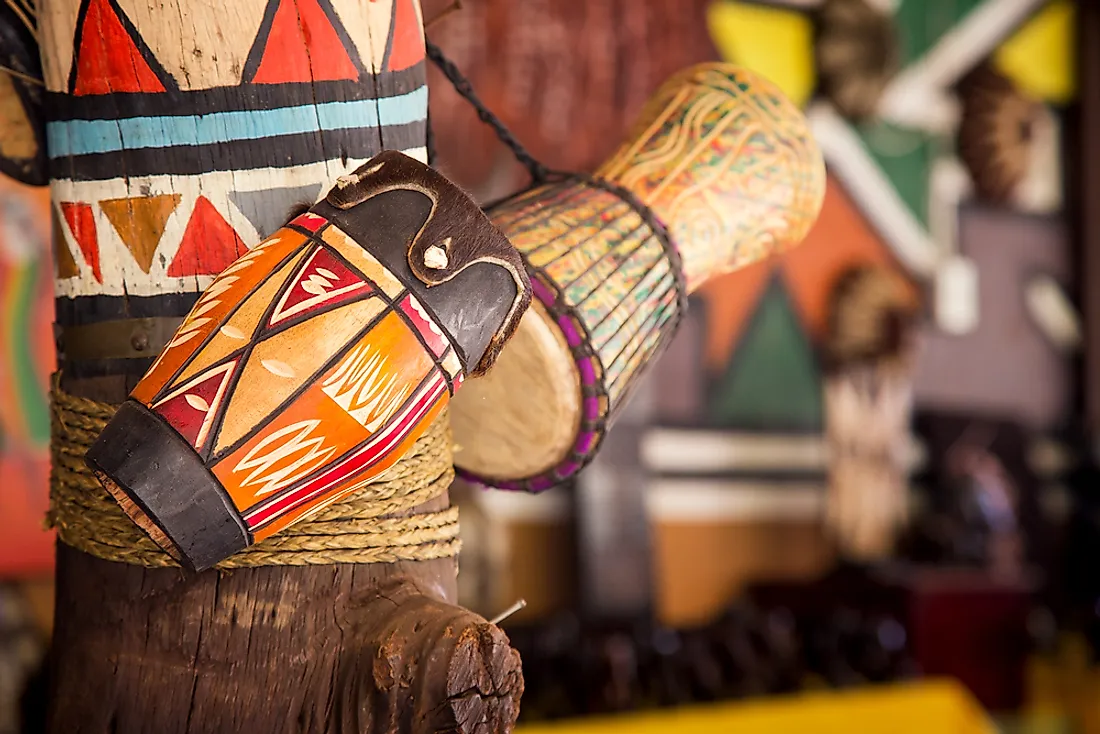Some Known Incorrect Statements About South African Culture Today
Table of ContentsOur South African Culture Today PDFsEverything about South African Culture TodayHow South African Culture Today can Save You Time, Stress, and Money.7 Simple Techniques For South African Culture TodaySome Known Details About South African Culture Today Getting My South African Culture Today To Work
A matter of value in Zambian towns is the passing away of enjoyed ones. All members of the village put money, time and effort with each other for the funeral of the deceased.Throughout the grieving period; men stay outside the home and the females remain inside the residence of the deceased. After discussing the deceased, the village strolls to the place of burial to state their last farewells. Music and dance is an extremely crucial facet of the Zambian society. The numerous tribal devices have their very own dancing types; nevertheless, makishi is usual among all tribes.
The Best Strategy To Use For South African Culture Today
When it pertains to music, drums are utilized one of the most, with a range of drumming events. In Zambia, majority of the individuals are Christian; Protestant and Roman Catholic. There are small groups of Muslims and Hindus, with the rest following neighborhood native tribal beliefs.

South African heritage and culture is profoundly varied, and is composed of various teams of individuals that each have their very own practices and ideas. Having such a variety of individuals and societies is what makes South Africa so special. In the real sense of the phrase, we are a rainbow nation.
South Africa has around three hundred thousand Portuguese people living in it. Making it the 7th on the list of countries with the most Portuguese individuals in it beyond Portugal. Portuguese is not just a culture, but it is also a language and a race. Portuguese individuals stem from the country of Portugal in Europe, however, due to Portugal (like many various other nations in Europe) checking out the world and overcoming other nations during the 15th 20th centuries, South Africa has what we call Portuguese South African's living in it.
Not known Facts About South African Culture Today
Among the famous features of the topography is a plateau that covers nearly two thirds of the center of the nation. The plateau complex increases towards the southeast, where it climaxes in the Drakensberg array, component of an escarpment that divides the plateau from the seaside locations. The Drakensburg includes Champagne Castle, the highest possible top in the nation.
The area north of the Witwatersrand, called the bushveld, slopes downward from eastern to west towards the Limpopo River, which forms the worldwide boundary. The western section of the plateau, the middleveld, also descends in the direction of the west and differs in elevation between the highveld and bushveld. In between the Drakensburg and the eastern and southerly coastline, the land descends to the sea.
Nearer the coastline there is a low-lying level called the eastern lowveld. Southwest of the plateau the nation becomes gradually extra arid, paving the way to the hostile desert of the Great Karroo, approached the east by the lower, better watered plateau of the Little Karroo. Dividing the completely dry southerly interior from the sandy littoral of the southern coastline and West Cape is one more variety, the Langeberg.
The Single Strategy To Use For South African Culture Today
The nation's racially, ethnically, and politically separated background has actually created national and subnational symbols that still function as icons of the nation, and others icons that are approved only by certain teams. The monoliths to white inhabitant conquest and political dominance, such as the Afrikaner Voortrekker ("pioneer") Monolith in Pretoria and the Rhodes Monolith honoring the British colonial realm building contractor and Cape prime preacher Cecil Rhodes, continue to be sectarian signs.
The very first modern inhabitants were the San ("bushman") hunter-gatherers and the Khoi ("Hottentot") individuals, that herded animals (South African culture today). The San might have been present for thousands of years and left proof of their existence in countless ancient cave paints ("rock art"). Bantu-speaking clans that were the ancestors of the Nguni (today's amaZulu, amaXhosa, amaSwazi, and vaTsonga peoples) and Tswana-Sotho language groups (today's Batswana and Southern and Northern Basotho) moved below east Africa as very early as the fifteenth century

Both previous republics of the Orange Free State and Transvaal (South African Republic) were established by Afrikaner settlers that beat and dispossessed the Basotho and Batswana. Lesotho would have been forcibly included right into the Orange address Free State without the extension of British security in 1869. The best unification of the country arised from the South African Battle (18991902) between the British and the two Afrikaner republics, which lowered the country to mess up at the start of the twentieth century.
Afrikaners historically considered themselves the just real South Africans and, while granting full citizenship to all citizens of European descent, refuted that standing to people of color until the democratic shift of 1994. British South Africans preserve a feeling of cultural and social connection to Great Britain without compromising their identification as South Africans.
Excitement About South African Culture Today
The variety and fragmentation within ethnic groups and the equilibrium of tensions between those groups throughout the twentieth century prevented interethnic civil problem. While intergroup stress over sources, you can check here entitlements, and political dominance remain, those problems are as most likely to pit Zulu against Zulu as Zulu versus Xhosa or African against Afrikaner.
From colonial India, British vendors and administrators brought the bent steel ornamental roofing systems and slender shoelace work pillars that still represent the verandas of homes arounds and cities throughout the nation. Holy places contribute an important building element even in the tiniest towns. In enhancement to the skyrocketing steeples and classic stonework of Afrikaans Dutch Reformed churches, Anglican churches, synagogues, mosques, and Hindu temples supply range to the spiritual architectural scene.

Butchering and the brewing of typical cereal beer are necessary in securing the engagement and goodwill of the ancestors who are considered the guardians of excellent ton of money, prosperity, and well-being. Indian neighborhoods preserve their native cooking customs and use them on Islamic and Hindu routine and ritualistic occasions. Afrikaners and Coloured people collect at weekend breaks and her comment is here unique occasions at multifamily barbecues called braais, where neighborhood bonds are enhanced.
Due to the fact that this was the key economic enterprise of both black Africans and white colonists, dispute in between those teams fixated the possession of grazing land and animals. In 1867, the biggest ruby down payments on the planet were discovered at Kimberley in the west central area. The riches from those areas assisted fund the exploitation of the biggest gold coral reef worldwide, which was uncovered on the Witwatersrand in 1886.
9 Simple Techniques For South African Culture Today
This brought about misconceptions and calculated misstatement in the negotiations of white settlers and government authorities with African principals during the colonial duration (South African culture today). In the facility of African reserves, some facets of public and mainly "tribal trust" land period were protected, and even in white backwoods, forms of communal tenure were still exercised in locations with African neighborhoods
After the autonomous improvement of 1994, programs for land restitution, redistribution, and reform were instituted, yet development has been slow-moving. The white minority still manages eighty percent of the land. In the wake of farming land invasions in Zimbabwe, the Division of Land Affairs has actually pledged to speed up land redistribution.